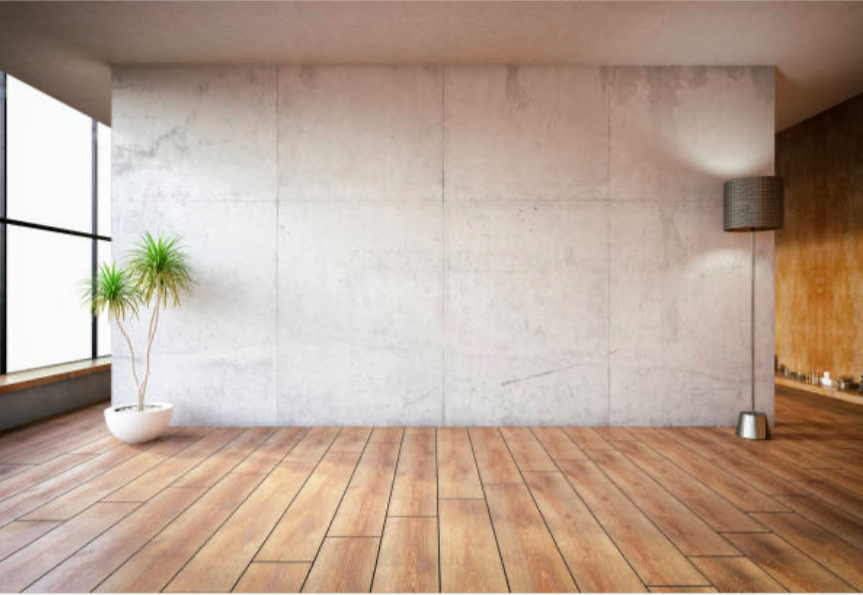Vacancy Fee for Foreign Owners
Updated at 2022-03-30 03:09:53
Vacancy fee for foreign owners
Foreign owners of residential dwellings in Australia are required to pay an annual vacancy fee if their dwelling is not residentially occupied or rented out for more than 183 days (six months) in a year.
If you're a foreign owner of a residential dwelling you may be liable to pay the vacancy fee.
The vacancy fee was introduced in December 2017 as part of the Australian Government’s comprehensive housing affordability plan. It's intended as a financial incentive for foreign owners to make their dwelling available for rent and increase available housing in Australia.
About the vacancy fee
Who needs to lodge a vacancy fee return?
The vacancy fee return must be lodged by foreign owners of residential dwellings who:
· made a foreign investment application for residential property after 7.30pm AEST on 9 May 2017
· purchased under a New Dwelling Exemption Certificate that a developer applied for after 7:30pm AEST on 9 May 2017.
The vacancy fee may also apply where a foreign person failed to submit a foreign investment application but purchased a residential property before 9 May 2017.
Foreign owners of vacant land do not have to lodge a vacancy fee return until a dwelling has been constructed on the land. When multiple dwellings are constructed on the land, a vacancy fee return must be lodged for each new dwelling constructed.
You must lodge a return even when the dwelling has been occupied or made available for rent.
· If the dwelling is owned by two or more people as joint tenants, you only need to lodge one return.
· If you own a share of a dwelling as a tenant in common, you each must lodge a vacancy fee return.
· If any of the following occur during a vacancy year, a vacancy fee return will not be required to be lodged:
· the dwelling is sold or otherwise legally transferred (including in the event of the death of the owner);
· you are no longer a foreign person.
Who can lodge a vacancy fee return?
You may lodge your own vacancy fee return or engage an authorised agent to lodge on your behalf.
Who needs to pay an annual vacancy fee?
You will need to pay an annual vacancy fee if your dwelling is not residentially occupied or genuinely available on the rental market for more than 183 days during the vacancy year.
The vacancy fee may also apply if the vacancy fee return is not lodged by the due date.
What is the vacancy year?
To applying the vacancy fee rules, a vacancy year is each successive period of 12 months starting on the occupation day for the dwelling during which you have continuously held an interest in the dwelling.
A vacancy year is unique to each dwelling held by you and is not a calendar year or a financial year.
When is the occupation day?
The occupation day is the first day you have the right to occupy the dwelling. This will typically be the settlement day for an established dwelling, but it could also be the day on which a fitness for occupancy certificate for a new dwelling was issued.
When is a dwelling residentially occupied?
A dwelling is considered residentially occupied if, for at least 183 days in a vacancy year, any of the following circumstances are met:
· the owner or a relative of the owner genuinely occupied the dwelling as a residence;
· the dwelling was genuinely occupied as a residence subject to lease or license for minimum terms of 30 days;
· the dwelling was made genuinely available as a residence on the rental market (with minimum terms of 30 days).
Residential occupancy of at least 183 days does not need to be one continuous block of time. Residential occupancy can be made up of multiple continuous periods of at least 30 days throughout the vacancy year.
Dwellings made available for short term lease of less than 30 days (including via web-based stay sites) are not considered residentially occupied and would be liable for a vacancy fee.
A dwelling will be considered genuinely available for occupation as a residence (with a term of 30 days; or more) if the dwelling is:
· made available on the rental market
· advertised publicly
· available at a market rent
Vacancy fee exemptions
If you can show that for at least 183 days in a vacancy year, your dwelling was incapable of being occupied as a residence you will not be liable to pay the vacancy fee. You must lodge a vacancy fee return to claim this exemption.
Your dwelling may be considered incapable of being occupied as a residence if:
· the dwelling is damaged, unsafe or is otherwise unsuitable to be occupied as a residence
· the dwelling is undergoing substantial repairs or renovations
· occupation of the dwelling as a residence is prohibited or legally restricted, by an order of a court or tribunal or a law of the Commonwealth, state, or territory
· a person (who may or may not be the foreign person) who ordinarily occupies the dwelling was absent from the dwelling due to receiving long-term, in-patient, medical or residential care
To prove a dwelling was incapable of being occupied because of one of the above exemptions, you may be required to provide acceptable supporting evidence.
Fee waivers
In limited circumstances all or part of the vacancy fee may be remitted or waived. Remissions and waivers are determined on a case-by-case basis.
When to lodge a return
You must lodge your vacancy fee return with us within 30 days of the end of each vacancy year. The first day of the 30-day period is the day following the last day of the vacancy year.
Land registration number
To lodge your vacancy fee return you need to be registered on the Land and water register. This will create a land registration number that you use to lodge your vacancy fee return.
If you have already received your vacancy fee reminder, you are already registered and do not need to register again. You only have to lodge your vacancy fee return.
If you have not registered on the Land and water register and haven't received your vacancy fee reminder, submit a Land and water registration form.
How much is the vacancy fee
The vacancy fee will generally be the same amount as the foreign investment application fee you paid at the time you submitted your foreign investment application.
In all cases ATO will tell you how much your vacancy fee is when you lodge your vacancy fee return – you don't need to calculate it yourself.
If you acquired the dwelling under a new or near new dwelling exemption certificate, the vacancy fee payable will be equal to the foreign investment application fee that would have been payable for the dwelling, had the exemption certificate not been in place.
If the application fee was waived, the vacancy fee payable will be equal to the lowest tier foreign investment application fee that would have been payable (for example $6,350).
In the case of joint tenants, only one return needs to be lodged and only one fee will be payable. For tenants in common, each tenant will need to lodge a return and the fee payable will be the foreign investment application fee that was payable by each individual tenant.
Chang Accounting Advisory Pty Ltd, we are CPA practice and tax agent. If you or your families or friends need our services, please feel free to contact our team for any assistance.
This article is for informational purposes only and does not form part of our advice. This article is based on guidance from Australian Taxation Office. Please contact our team if you need any assistance.
Claire Chang, 0497 131 419, claire.chang@changadvisory.com.au, wechat: clairechang26
Michelle Cui, 0433 539 870, michelle.cui@changadvisory.com.au, wechat: michellejc


Post in category
-
Super Contributions
Claire Chang Updated on 2022-07-22 12:13:26
-
养老基金供款
Claire Chang Updated on 2022-07-30 09:27:57
-
Self-managed Super Funds Auditing
Claire Chang Updated on 2022-07-20 06:18:24
-
自管养老基金相关审计
Claire Chang Updated on 2022-07-20 06:00:04
-
Queensland’s New Land Tax Approach for Interstate Investors
Claire Chang Updated on 2022-07-20 05:41:17



Claire Chang